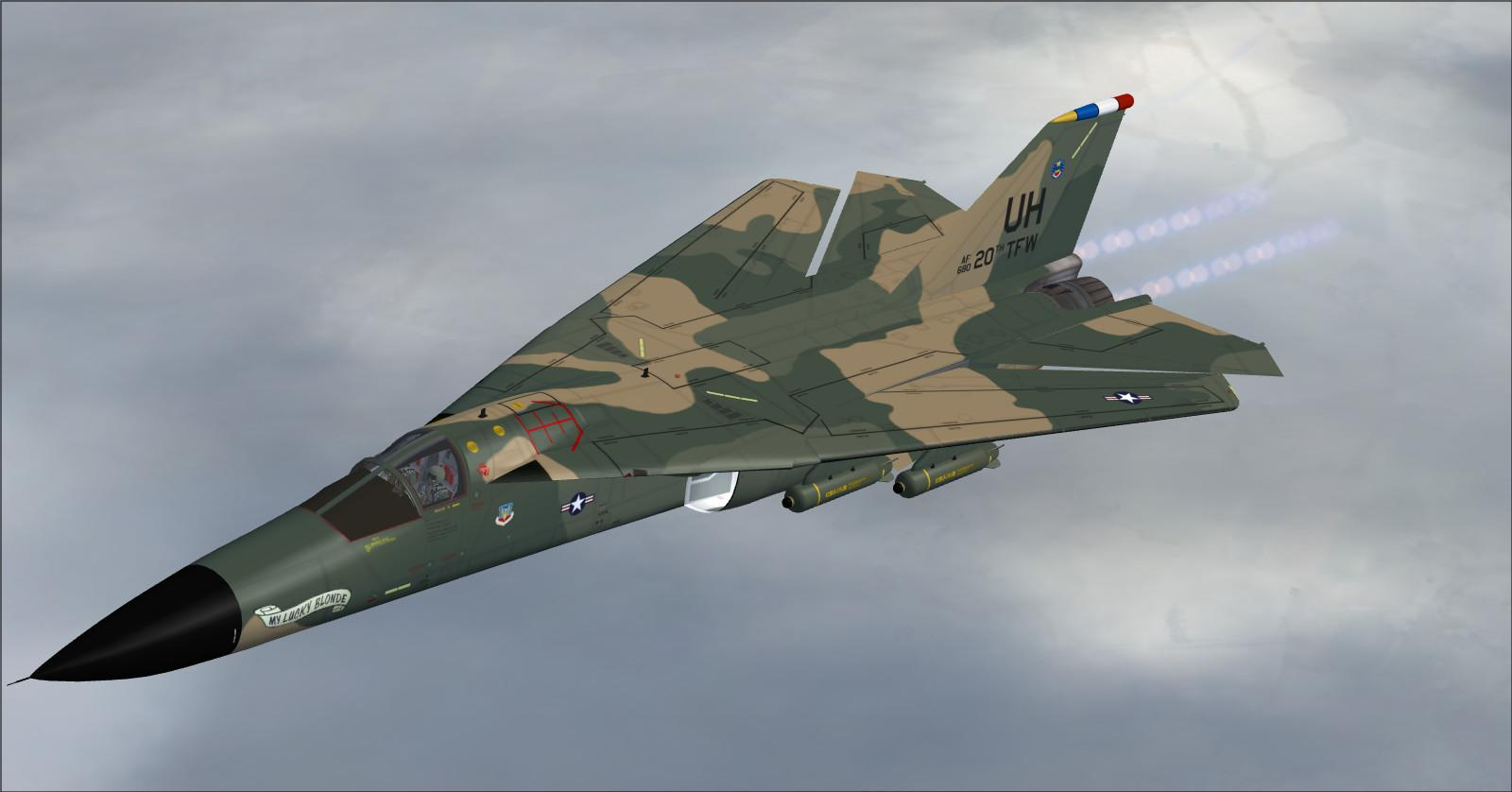
General Dynamics’ F-111 Aardvark was one of those strange airplanes that seemed to be flying ahead of its time. Sleek and powerful, it had speed, advanced technology, and versatility in a way that few others did. Designed during the Cold War, it was seen as a “one-size-fits-all” that could serve both the U.S. Air Force and Navy—a high aspiration that brought initial headaches but eventually led to a plane that left an unerasable mark on military air power.

The idea initially took shape in 1962 under the Tactical Fighter Experimental (TFX) program. The Pentagon envisioned one plane for deep penetrations, air combat, and nuclear delivery. On paper, this would be easy on logistics and the budget. In practice, it was a tricky balancing act. The Navy needed a lighter, more agile airplane for carrier use, and the Air Force needed speed, distance, and heavy loads.

The Navy eventually stood down due to weight and landing concerns, making room for the Air Force to move forward. The result was the F-111A for tactical flight and the FB-111A for deep nuclear strike. General Dynamics received the contract in that year, and production F-111s were rolling off the assembly line by 1964.

What made the F-111 unique was its swing wing. Pilots could sweep wings back more than 70 degrees for Mach 2.2 performance or open them as little as 16 degrees for takeoff, landing, and low-speed flight. This gave the Aardvark unmatched flexibility: it could streak ahead of Mach 2.2 one minute and fly treetop heights the next to evade enemy radar. It could even take off and fly over oceans without refueling.

Innovation wasn’t limited to its wings only. The F-111 was equipped with terrain-following radar, allowing it to ride the ground at supersonic speeds in nearly any terrain. Its advanced avionics integrated navigation, targeting, and communications in a way no aircraft had ever done. Pilot safety was also revolutionary: rather than individual ejection seats, both crewmen sat in a removable escape capsule that could ride out land or sea emergencies.

Twin Pratt & Whitney TF30 afterburning turbofans, each with more than 25,000 pounds of thrust, gave the F-111 excellent speed and range—more than 2,500 nautical miles on internal fuel. Its payload capacity was excellent as well, able to deliver up to 24 conventional or nuclear weapons, including precision-guided bombs and SRAM AGM-69 missiles. Pivoting pylons kept weapons and fuel tanks in line with airflow regardless of wing position.

In contrast to most of the specialist aircraft of the day, the F-111 was a generalist. It could be employed as a tactical bomber, distant nuclear strike platform, reconnaissance aircraft, or electronic warfare aircraft—and performed each of these roles well enough to be admired by allies and competitors alike.

Its combat experience proved it. F-111s made deep-penetration night raids against well-defended targets in Vietnam and earned the nickname “Whispering Death.” F-111Fs joined one of the most successful fighter missions in history in 1986, attacking Libya on a 6,400-mile round-trip mission, during Operation El Dorado Canyon. During the Gulf War, they made precision night strikes, taking out more than 1,500 armored vehicles and critical infrastructure—sometimes even outdoing the A-10 on anti-armor missions.

The EF-111A Raven, the electronic warfare version, had a very different role. Revised by Grumman, it eliminated bombs for advanced jamming systems in an underbelly radome and wingtip pods. These were flown from the right-hand seat by the Electronic Warfare Officer. In Desert Storm, Ravens played a key role in disrupting enemy radar and defending strike aircraft from surface-to-air missiles, although initial losses prompted modifications to tactical training.

The F-111 legacy lives on. Its swing-wing design carried into the F-14 Tomcat, Panavia Tornado, and even some Soviet designs. Its avionics and low-level attack capabilities set standards replicated for decades. The idea of a multi-role fighter continues through the F-15E Strike Eagle and the F-35 Lightning II.

Despite a troublesome start and politics between services, the F-111 became a fixture of American and Australian air power for nearly four decades. Its combination of speed, range, payload, and survivability proved that flexibility was as viable as specialization. Even though the Aardvark does not fly in combat anymore, the things it taught—and the technologies it pioneered—still shape modern military aviation.
